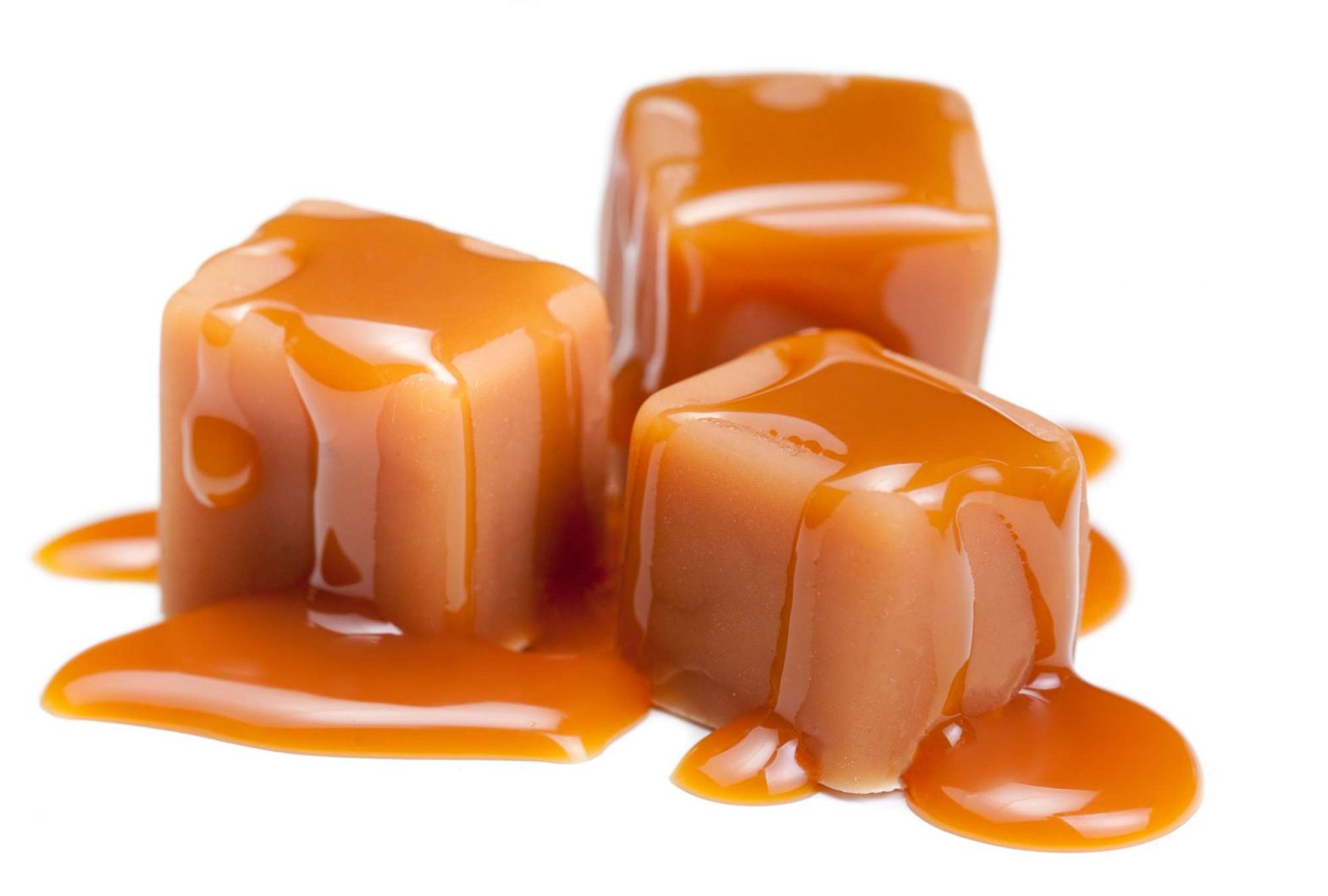Caramel (pronounced keh·ruh·muhl) is a gourmand note in fragrances and the household name for a confectionery product prepared by heating sugar or syrup and mixing it with butter or cream.
Oxford Languages, a century-and-a-half-old dictionary publisher and the source of definitions for Google, describes caramel as “a soft toffee made with sugar and butter or cream heated until golden brown in color.”
Often, desserts and sweets containing caramel are sprinkled with finishing salt to balance out their sweetness—a recipe invented by the French master chocolatier by the name of Henri Le Roux in the 1960s who was looking for ways to make his chocolates stand out from those of his peers.
Culinarily, caramel is used to add a dark-orange tan to Spanish flan, enrich the flavor of desserts and puddings, as a soft and sticky filling for bonbons and chocolates, and as a tooth-achingly sugary topping for sundaes.
In perfumery, caramel’s pleasures are synthetically recreated:
It’s a note that doesn’t exist as an actual ingredient, but that gets synthetically recreated through ethyl maltol, an aromatic chemical compound that perfumers use to sweeten their scents up (ethyl maltol is also used to synthesize the aroma of sugar).
Caramel’s popularity as a perfume note can largely be attributed to the iconic 1992 fragrance Angel by Mugler, whose creators, Olivier Cresp and Yves de Chirin, incorporated it into their formulation as a base note.

